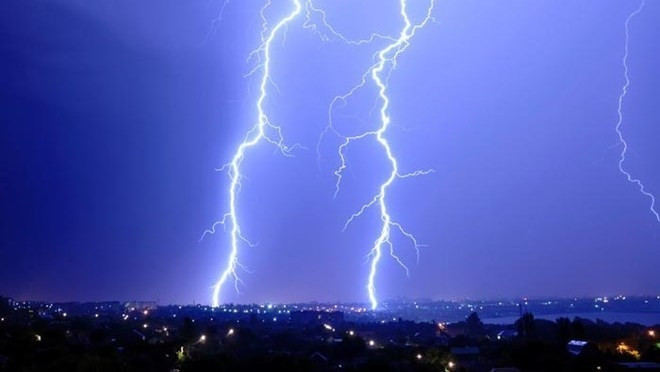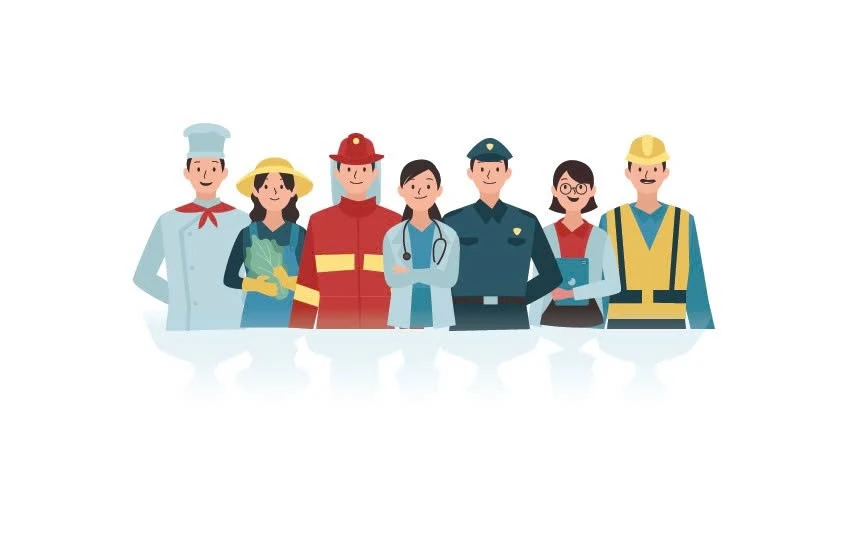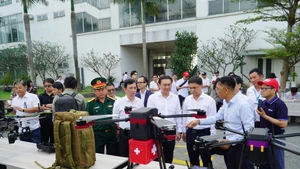Currently, there are over 1,850 hydrographical and meteorological stations across the country, including 524 automatic rain gauges, seven weather radar stations, six radar detectors, eight elevation wind stations and two high definition satellite receivers.
Despite the investment priority, the quality of forecasting and warning of natural disasters over recent years has revealed many shortcomings. The forecasts and warning of natural disasters are not specific and lack detail. Notably, forecasts on the intensity of storms, tropical pressure, heavy rain, water flow to irrigation and hydropower reservoirs, as well as floods are not highly accurate.
The forecasts and early warning of flash floods, thunderstorms, and lightning strikes are still slow, at only before 30 minutes. In addition, the installation of hydro-meteorological observation stations has not been reasonable. For example, for many years, the forecast work in the Central Highlands region has been using data from satellite images and observations from the Meteorological Agency in the central region. The first weather radar station is expected to be put into operation by the end of this year.
Over the past two decades, natural disasters have left over 400 people dead and missing each year, caused economic losses equal to approximately 1-1.5% of the GDP, and affected the people’s living environment and conditions, as well as socio-economic activities and the sustainable development of the country.
In order to effectively promote equipment for forecasts and the warning of natural disasters, and contribute to minimising damage caused by natural disasters, it is necessary to continue to improve the quality of human resources at all levels, as well as revise and re-evaluate the effectiveness of the investment in equipment and facilities for forecasting and warning of natural disasters over the past few years.
Ineffective investment projects must be cut down, while plans on upgrading and supplementing new equipment, and ensuring the stable and synchronous operation of the whole monitoring and forecasting system should be paid greater attention.
In addition, there should be more programmes on raising people’s awareness on natural disasters especially in remote and far-flung areas, while the Law on Meteorology and Hydrology must be strictly complied with.
















